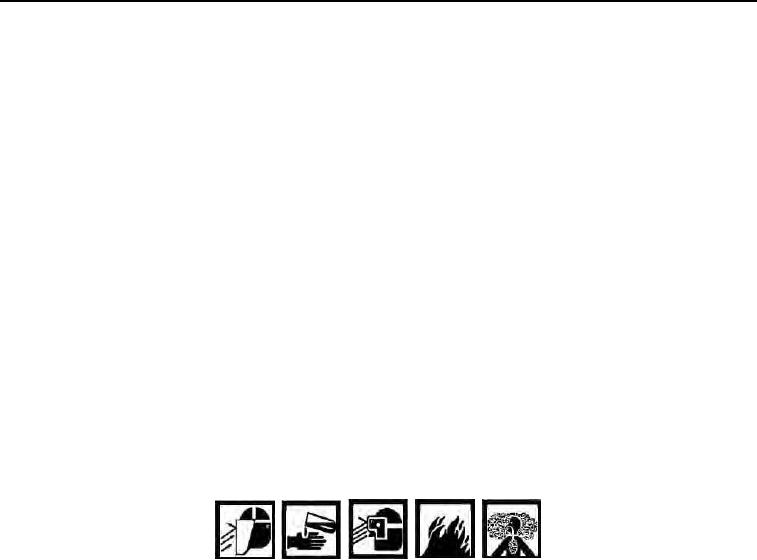
TM 5-3805-292-23
0172
RELIEVING HYDRAULIC SYSTEM PRESSURE CONTINUED
6. Pull the hydraulic boom override and move loader control joystick and auxiliary hydraulic control pedal through
all positions. This will relieve any pressure that may be present in hydraulic system.
7. Slowly loosen hydraulic tank filler cap and allow any pressure to escape.
GENERAL INFORMATION
000172
1. Before beginning a task, find out how much repair, modification, or replacement is needed to fix equipment as
described in this manual. Sometimes the reason for equipment failure can be seen right away and complete
teardown is not necessary. Disassemble equipment only as far as necessary to repair or replace damaged or
broken parts.
2. All tags and forms attached to the equipment must be checked to learn the reason for removal from service.
Check all Modification Work Orders (MWOs) and Technical Bulletins (TBs) for equipment changes and
updates.
3. In some cases, a part may be damaged by removal. If a part appears to be good, and other parts behind it are
not defective, leave it on and continue the procedure. Here are a few simple rules:
a. Do not remove dowel pins or studs unless loose, bent, broken, or otherwise damaged.
b. Do not pull bearings or bushings unless damaged. If you must get at parts behind them, pull out bearings
or bushings carefully.
c.
Replace all gaskets, seals, preformed packings, O-rings, cotter pins, spring pins, self-locking nuts, and
CLEANING INSTRUCTIONS
000172
WARN I N G
Solvent cleaning compound MIL-PRF-680 Ty e III is an environmentally compliant and
p
low-toxic material. However, it may be irritating to the eyes and skin. Use protective
gloves and goggles. Use in well-ventilated areas. Keep away from open flames and other
sources of ignition.
Fire extinguishers should be placed n arby when using solvent cleaning compound.
e
Cloths or rags saturated with solvent cleaning compound must be disposed of IAW
authorized facilities' procedures.
Eye shields must be worn wh n cleaning with a wire brush. Flying rust and metal particles
e
may cause injury.
Particles blown by compressed air are hazardous. Use a maximum of 30 psi (207 kPa)
when cleaning components. DO NOT exceed 15 psi (103 kPa) nozzle pressure when
drying parts with compressed air. DO NOT direct compressed air against human skin.
Make sure air stream is directed away from user and other personnel in the area. To
prevent injury, user must wear protective goggles or face shield.
Failure to follow these warnings ma result in injury to personnel.
y
1. General.
a. Cleaning instructions are the same for the majority of parts and components of the machine.
b. The importance of cleaning must be thoroughly understood by maintenance personnel. Great care and
effort are required in cleaning. Dirt and foreign material are a constant threat to satisfactory maintenance.
The following should apply to all cleaning, inspection, repair, and assembly operations:
0172-3

